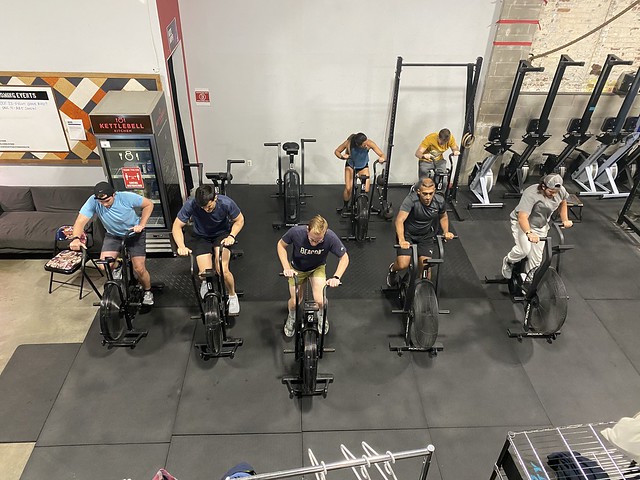Today’s Programming
STRENGTH
4 Sets:
1. 10 Double Kettlebell Deadlifts
2. 10e 1/2 kneeling Landmine Presses
3. 10 Supine Ring Rows
Notes
If you happened to do this on Friday, sub Lunges/ 1:30 Plank / Curls
METCON
13:00 AMRAP
13 Calorie Row
13 Box Jumps
13 Sit-Ups
CrossFit Group Class Programming Template (WK7/8)

This pour for Caroline is the scariest thing we’ve seen all Halloween























